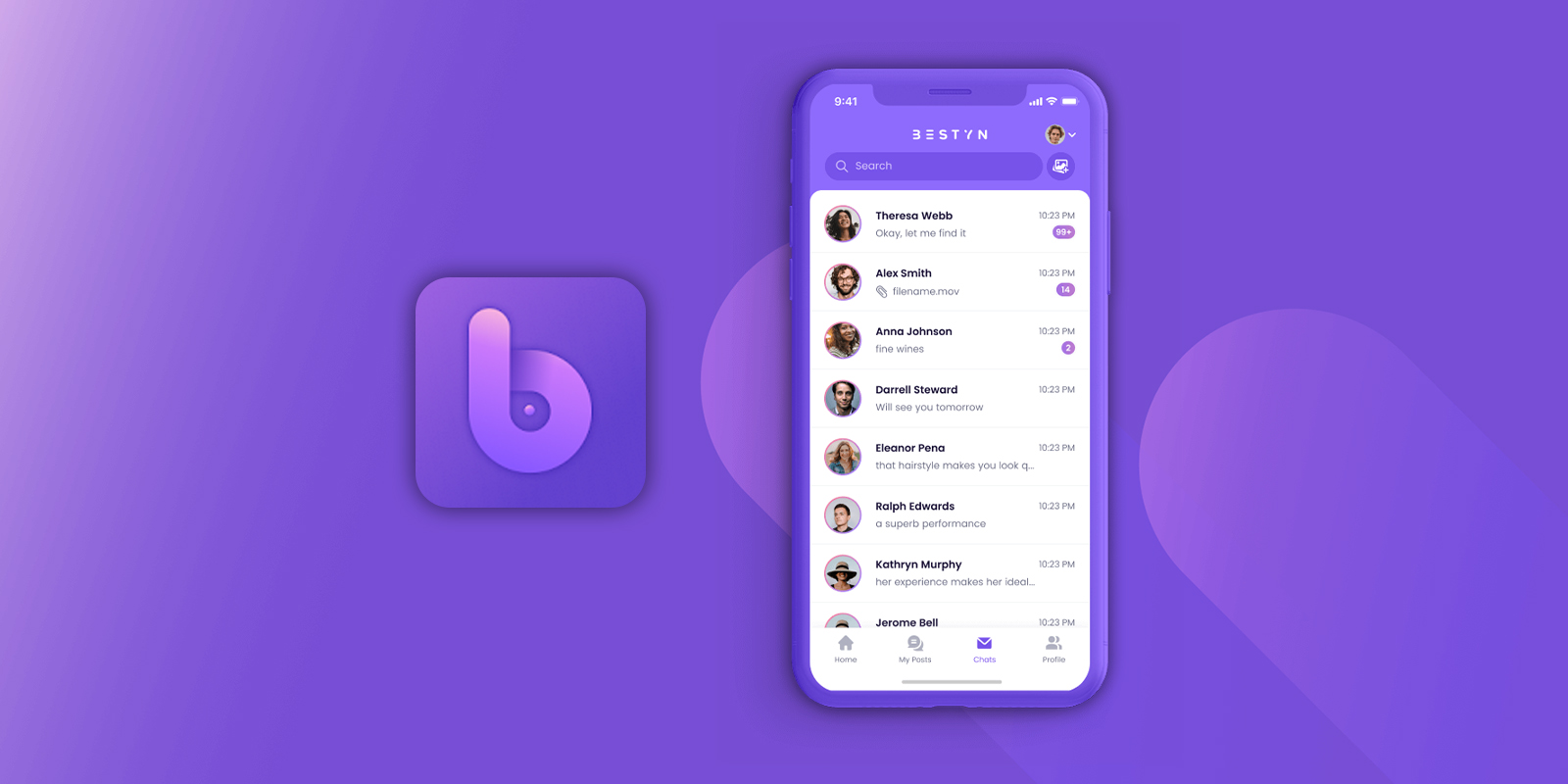Providing sales training, especially when you have a distributed team, or an extended enterprise is no joke.
From having to ensure consistency of the training experience, to tracking learner progress, providing effective sales training on a large scale can often become an administrative nightmare.
One way to make life easier for administrators, learners, and instructional designers is to integrate your Salesforce CRM with your learning management system (LMS).
The integration does much more than eliminating the need of switching between the two software.
Here are a few noteworthy benefits of a Salesforce LMS integration:
Seamless Data Synchronisation
Manually creating profiles for every new entry to your sales team can often prove to be a time-consuming and labour-intensive task. Integrating your LMS with Salesforce can cut this effort into half.
After successful integration, every time a new user is added to Salesforce, the LMS will also automatically create an account for them. Needless to say, all the relevant data present on Salesforce will also be shared with the LMS. As training progresses, the integration will make the learner progress data available on the Salesforce CRM itself.
Essentially, an administrator will only have to operate one platform to ensure timely signups and keep track of the course completion rates.
Deliver Training On A Familiar Platform
In many cases, whether its sales training or customer training, learners are not familiar with the user interface of an LMS. Even with user-friendly learning management systems, having an additional skill to learn, before they can start the actual training, becomes a deterrent for the learners.
So much so, that it can adversely affect your course completion rate. Not to forget, in the case of customer training, the struggle with using the LMS will also become a part of the experience the customer will have with your business.
Integration makes all this simpler by simply adding a “learning” tab to the Salesforce account interface. Learners can simply click on the tab and get access to the training materials, on a platform that they are familiar with.
Contextualised Training + Powerful Reporting
As mentioned earlier, the integration of Salesforce and an LMS allows for seamless exchange of data between the two platforms.
This seamless “flow” of data has dual benefits.
One, it can be used to tie training with real-life performance numbers and case studies. Doing so will help you contextualise training for your learners.
At the same time, the combined information from the two platforms can be obtained as custom reports directly in Salesforce. Learner data, combined with data from Salesforce, can help you obtain a clearer picture of learner progress, and how it aligns with your most pressing business and sales objectives.
Managers and instructors can also obtain individual learner data to identify areas that require improvements and work with team members to enhance the effectiveness of training.
This data can also be utilised to identify star performers that have a higher probability of doing well if exposed to more advanced training concepts.
Conclusion
Having to constantly switch between platforms creates a lot of scope for missed insights and updates. A Salesforce-LMS integration eliminates this need and when done right, boosts the effectiveness of both the platforms. The best part is, for more learning management systems, a Salesforce integration is a simple process. Apart from potentially boosting the effectiveness of your sales training program, the integration makes life easier for everyone involved with your training initiatives, from instructional designers to learners and their managers.




Share Your Thoughts